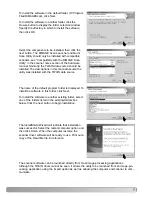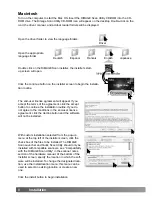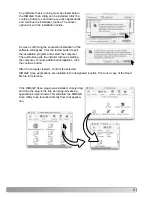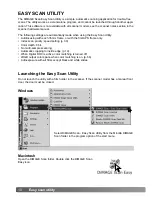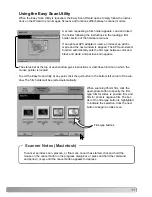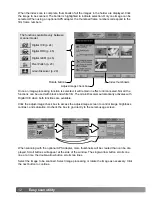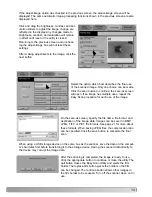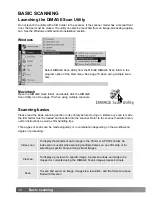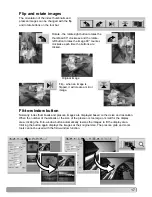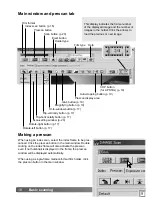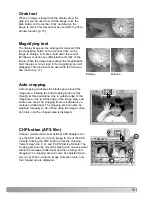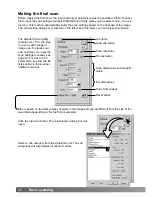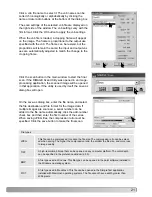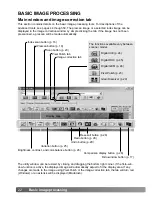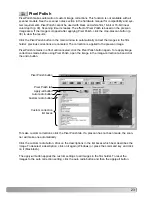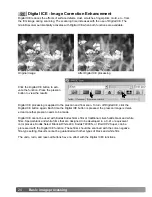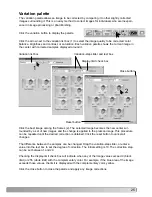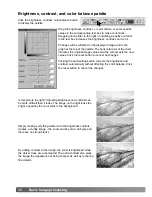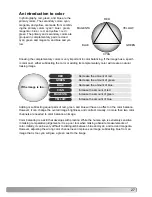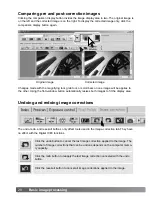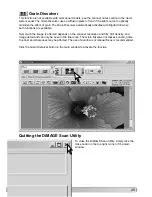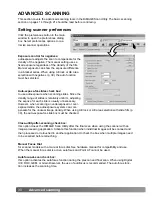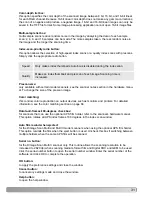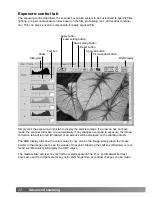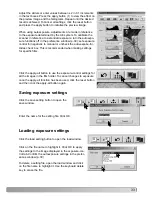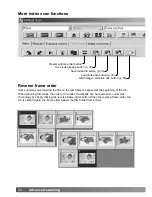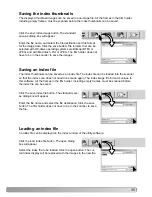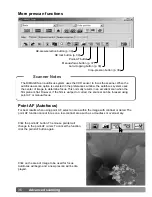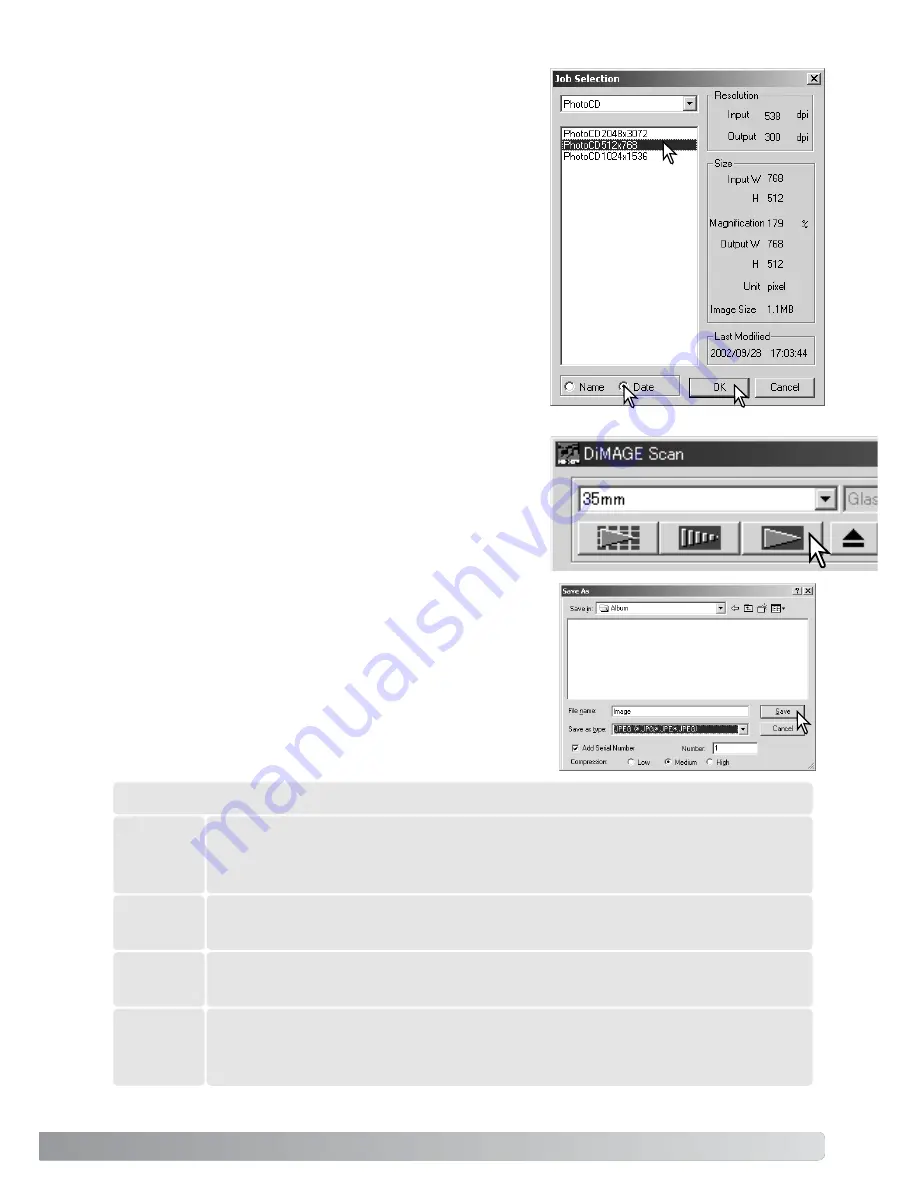
21
Click the scan button in the main window to start the final
scan. If the DiMAGE Scan Utility was opened in an image-
processing application, the scanned image will be opened
in that application. If the utility is used by itself, the save as
dialog box will open.
On the save-as dialog box, enter the file name, and select
the file destination and file format for the image data. If
multiple images are scanned, a serial number can be
added to the file name automatically; click the add-number
check box and then enter the first number of the series.
When saving JPEG files, the compression ratio must be
specified. Click the save button to make the final scan.
Click a Job file name to select it. The Job names can be
sorted chronologically or alphabetically by clicking the
name or date radio buttons at the bottom of the dialog box.
The scan settings of the selected Job file are displayed on
the right side of the window. The Job settings vary with the
film format. Click the OK button to apply the Job settings.
When the Job file is loaded, a cropping frame will appear
on the image. The frame is proportional to the output use
specified with the Job. The frame can be resized, but the
proportions will remain the same; the input and output val-
ues are automatically adjusted to match the change to the
cropping frame.
A file type used in Macintosh. This file can be opened in the Simple Text application
installed with Macintosh operating systems. The file cannot have a width greater than
4096 pixels.
PICT
A file type used in Windows. This file type can be opened in the paint software installed in
the Windows operating system.
BMP
A high-resolution bitmap that can be opened on any computer platform. The color depth
can be specified in the preference window (p. 30).
TIFF
This file can be compressed to reduce the file size. The compression ratio can be select-
ed when saving. The higher the compression ratio, the smaller the file size, and more loss
to image quality.
JPEG
File types

